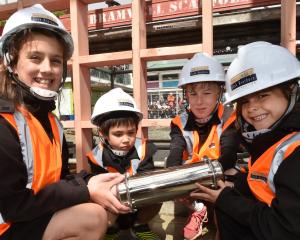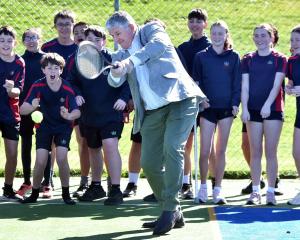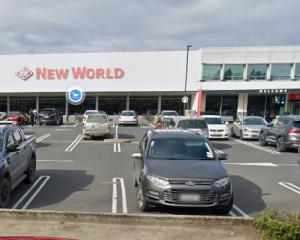The reports - on groundwater modelling into the effect of sea level fluctuations in South Dunedin and community vulnerability to elevated sea level and tsunami - will be presented at the council's committee meetings.
Groundwater resource scientist Jens Rekker said in a natural resources committee report the South Dunedin study looked at the Dunedin coastal aquifer to predict the impact of sea-level rise on land drainage until the end of the 21st century.
Scenarios modelled showed sea-level rise would result in waterlogging and potential ponding around Forbury Park Raceway, Hargest Cres, southern Bay View Rd, Tonga Park and Bathgate Park unless additional drainage was undertaken.
Two small areas of Tainui were also predicted to be affected by groundwater ponding.
He recommended the report be issued to the Dunedin City Council for consideration.
The second report, to be considered by the engineering and hazards committee, talks about how Otago's coastal communities are exposed to elevated sea levels and tsunami.
Especially vulnerable, due to their location on low-lying coastal terraces or river mouths, were Pounawea, Toko Mouth, Taieri Mouth, Harwood, Long Beach, Karitane and Kakanui.
The study aimed to help increase community awareness of the risks and inform land-use planning and the development of warning systems.
It was recommended the report be presented to those coastal communities.












